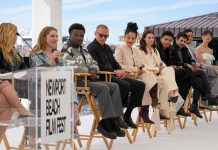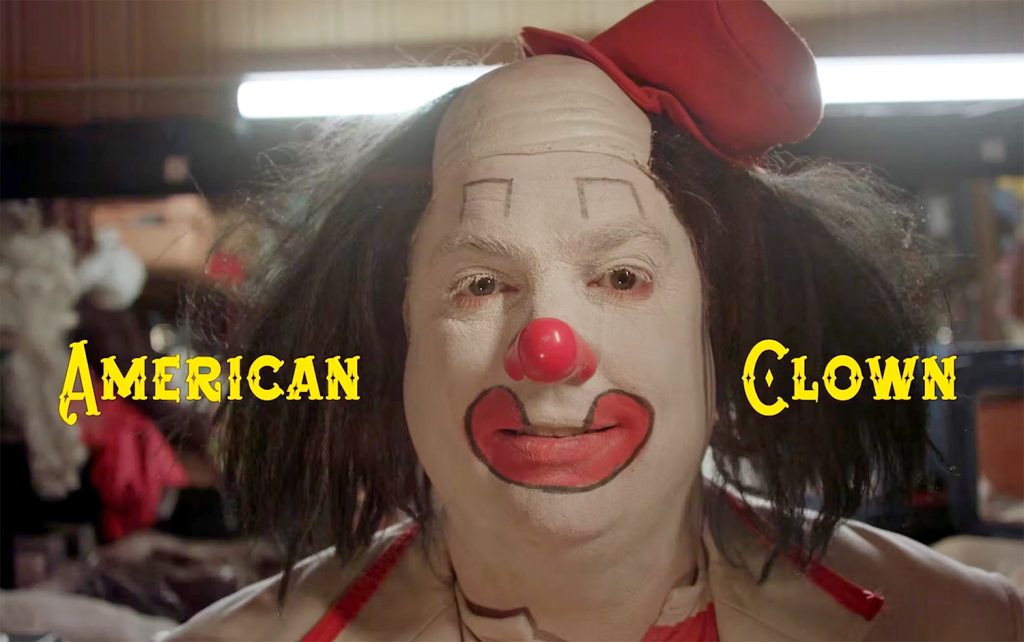
“American Clown”
“Be a clown, be a clown, all the world loves a clown.” Those lyrics by the great Cole Porter were written in 1948, at a time when we did love clowns like Emmett Kelly and the clowns in the Ringling Bros. and Barnum & Bailey circus with their painted faces and red noses.
The documentary” American Clown” that screens at the Newport Beach Fim Festival on Sunday, Oct. 19 and Thursday, Oct. 23 covers some of the history of clowns but its real focus is on America’s working professional clowns. As America’s appreciation for the clown wanes, one working clown goes on a journey of discovery for an ever-changing profession. There are interviews with professional actor and clown Bill Irwin, actor John C. Reilly, and Matt Walker, the founder of comedy troupe Troubadour Theater Company who was accepted into Ringling Bros. and Barnum & Bailey’s Clown College on a full scholarship.
In fact, many of the people profiled in this documentary attended clown school after being bitten by the clown bug.
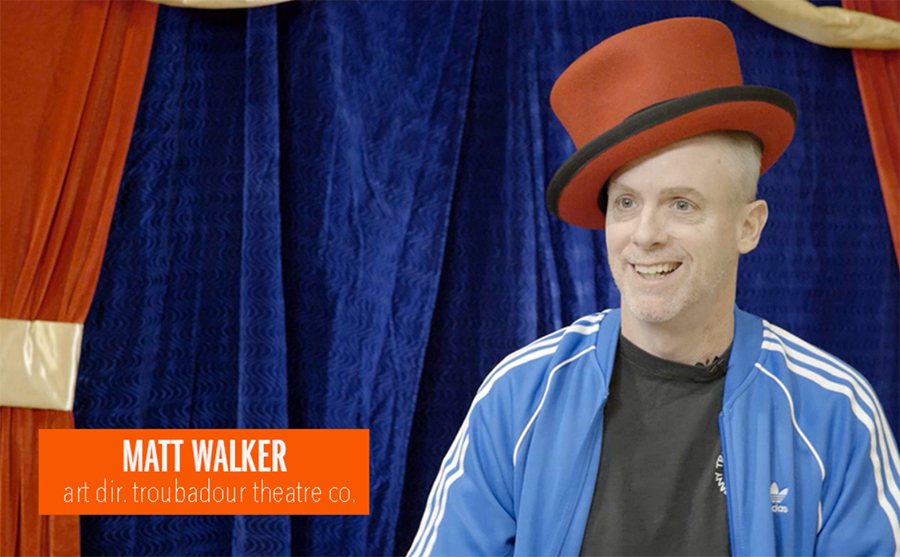
“The world needs silliness, like you need to be silly at times,” suggests one clown in the film. However, cinema has made clowns sinister thanks to horror films that use a clown face to scare people (think “Joker” or “It”).
Clowning is still a profession practiced by more people that you’d imagine, but it’s not an easy profession. Many clowns have been relegated to enlivening birthday parties.
“I have to take as many parties as I can, because I have two kids,” said one clown who is profiled in the movie. “And at times I used to not want to do parties a lot because I’d be hungover. I’ve been doing it for a long time, and looking to phase myself out or whatever. And now I need the money, my kids need the money. They need the food. So that’s been a big shift. It’s been a more of a necessity than extra cash. You know, not exactly where I thought I’d be at 43 necessarily, but here I am.”
“I don’t think I thought I was going to marry a clown,” said one clown wife. “I just knew that this was going to be an interesting individual. But I definitely think that there’s probably going to be some stressors in being a clown’s wife compared to, say, a doctor’s wife or something like that, because there’s a little bit of the starving artist in there. It’s not a regular job. So we’re always sort of wondering when the next gig is coming.”
Funny men who clowned around on film (physical comedians like Buster Keaton, Charlie Chaplin, The Little Rascals, The Three Stooges) are also mentioned as inspirations for becoming a clown
Overall, “American Clown” is more than a comedic history lesson, it’s a profile of people who fell in love with clowning and offer anecdotes about their lives as clowns. After watching this film, you might just have a better appreciation of those who still find joy in being a clown.
Visit www.NewportBeachFilmFestival.com for tickets.
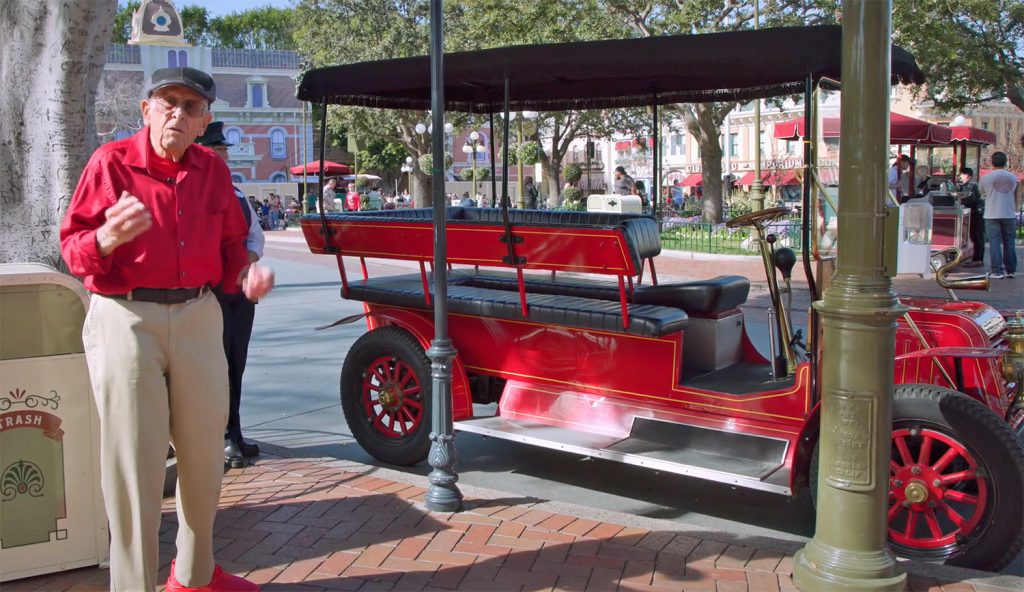
“Bob Gurr: Living by Design”
Bob Gurr is a living legend. A Disney legend. He was part of the original design team that built Disneyland alongside Walt Disney. This documentary offers an intimate portrait of a visionary whose creations have shaped theme park history and himself.
“I have a curious mind,” says Gurr in the film. “What that means is you automatically are always searching for something, even if you’re never gonna use it.”
Gurr grew up drawing images of cars which led him to study industrial design at the Los Angeles ArtCenter School on a scholarship. After that he worked in automotive design for the Ford Motor Company, then started his own design company.
He was asked to design the Autopia ride vehicles for the planned Disneyland amusement park. He went on to design many of the rides at Disneyland, including the bobsled cars for the Matterhorn, the Disneyland Monorail, several Main Street vehicles, the Haunted Mansion and the Submarine Voyage.
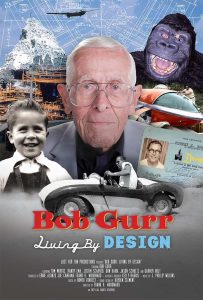 The film spends the first half tracing Gurr’s early career, with Gurr – as master storyteller – offering myriad anecdotes on his life. He spends time with Jay Leno and his car collection, marveling at the designs, and visits his boyhood home and other Southern California haunts.
The film spends the first half tracing Gurr’s early career, with Gurr – as master storyteller – offering myriad anecdotes on his life. He spends time with Jay Leno and his car collection, marveling at the designs, and visits his boyhood home and other Southern California haunts.
The second half has him prowling around Disneyland, taking delight in riding down Main Street in the firetruck he designed, and watching the monorail and submarines that are still in operation decades later.
The real joy of the documentary is listening to Gurr, who at 93 still has a spring in his step and a story or two to tell. Anyone interested in design will love this film, as will Disneyland fans when they learn about all of the things Gurr has done to help make Disneyland the happiest place on earth.
“Bob Gurr: Living by Design” screens on Sunday, Oct. 19. Visit www.NewportBeachFilmFestival.com for tickets.


